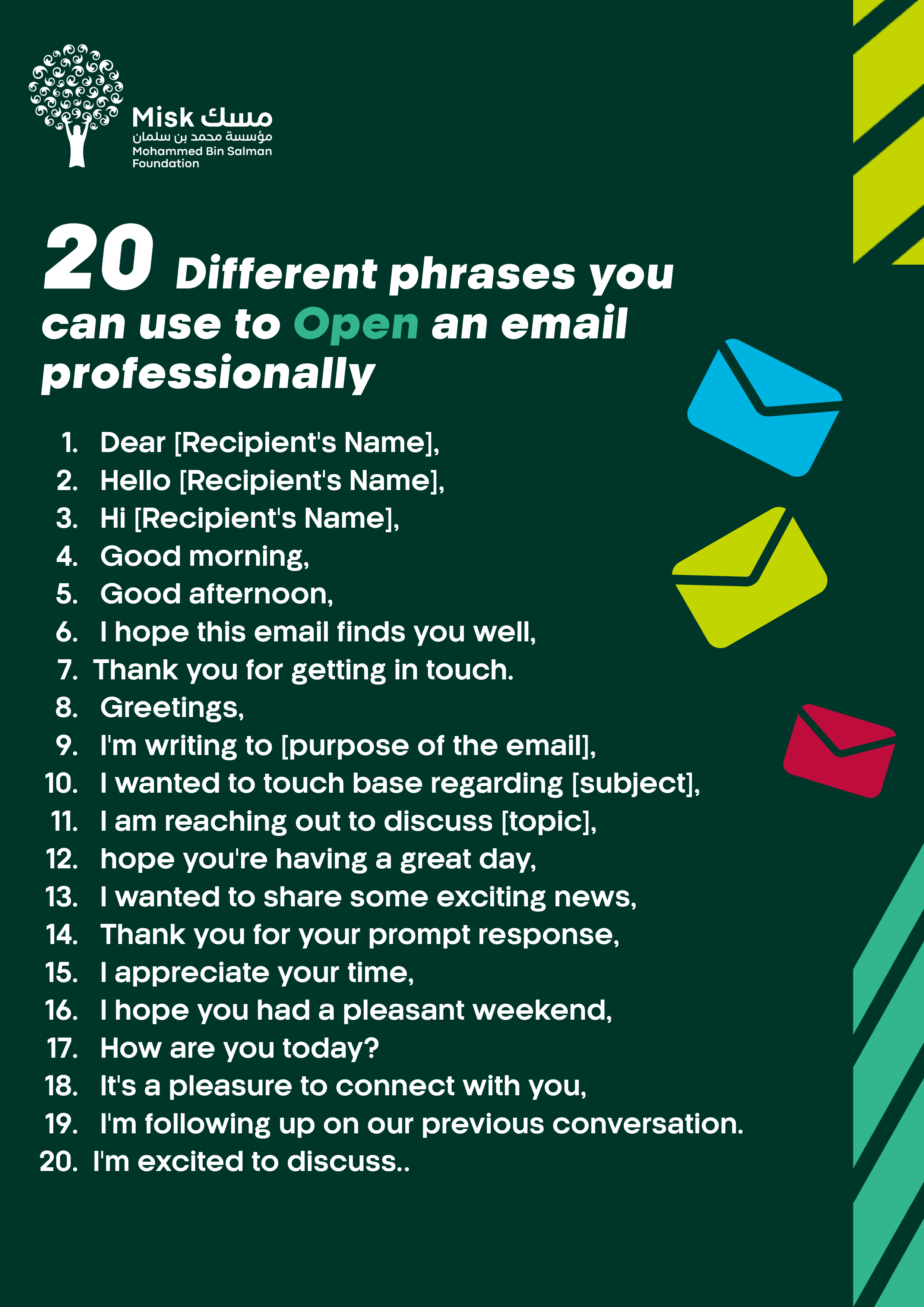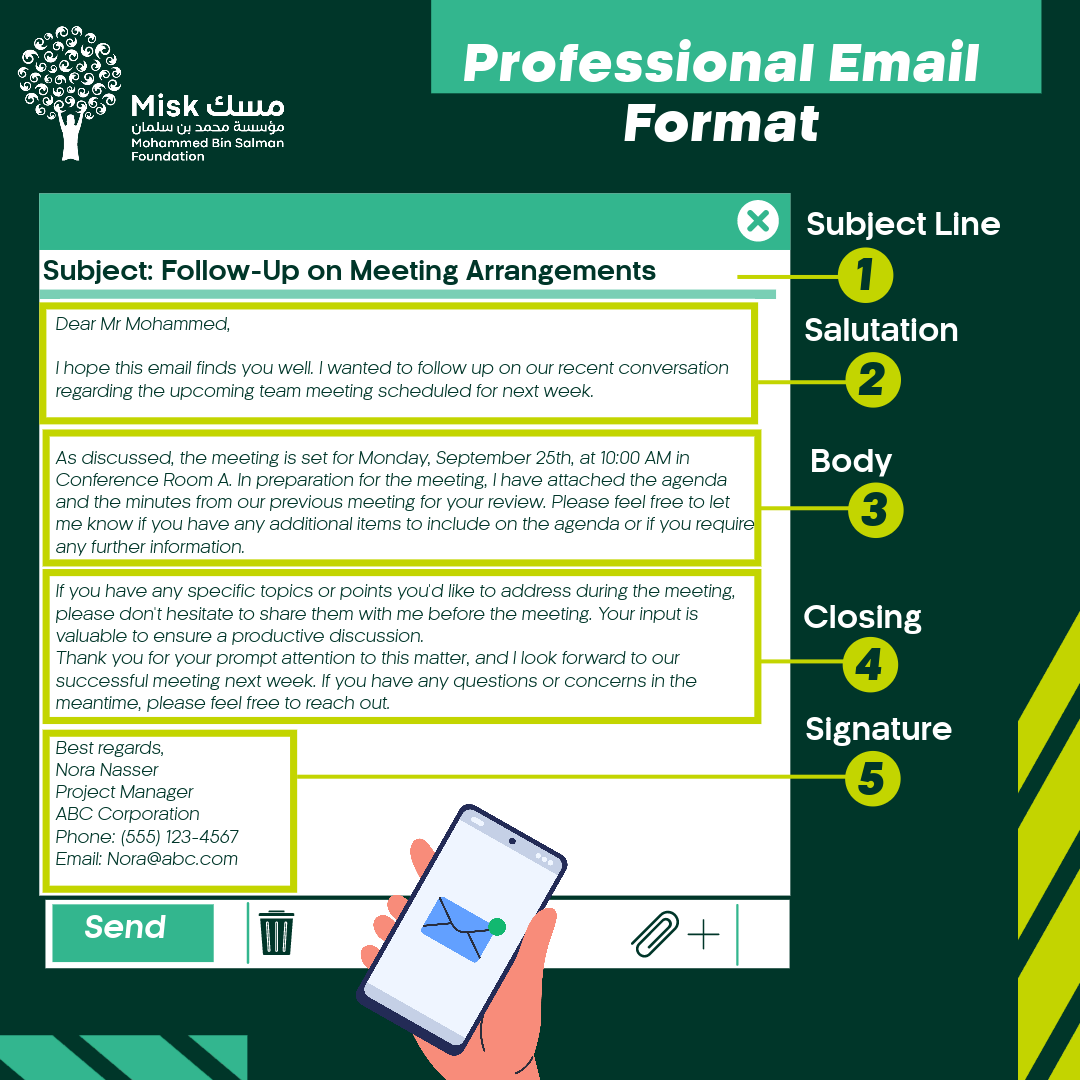
In today’s digital age, where information travels quickly, the importance of crafting professional and academic email cannot be overstated. Whether you’re a student seeking guidance from a professor, a job seeker sending applications to various employers, or an employee communicating with colleagues within the workplace or with external clients, your email communication plays a pivotal role in your academic and professional journey.
Communication in the Digital World Today
As the digital landscape continues to expand, email remains a fundamental tool for communication. It bridges geographical gaps, connects individuals across time zones, and facilitates asynchronous communications. In academic and professional environments, the ability to communicate effectively through email is not just a valuable skill but rather a necessity for both employees and students.
Lately, email messages have developed and become more than just electronic messages; they have become a main means of exchanging information, expressing ideas, and building professional relationships. Your ability to send a clear, concise, and professional email can have a big impact on your academic success and professional avenues.
The Importance of Writing Professional Email:
Professional email messages are more than mere information exchanges; they are tools for building and enhancing professional relationships. Whether you’re communicating with clients, seeking guidance, or collaborating with colleagues, the tone, clarity, and conciseness of your email messages can significantly influence how others perceive you and interact with you.
Mastering the art of writing professional email messages can open up new avenues for career advancement, such as job opportunities, partnerships, promotions, and more. Conversely, a lack of proficiency in this area can hinder your professional progress and limit the abundant opportunities available to you.
In the academic realm, email is a vital channel for communication with professors, lecturers, and peers. Effective email correspondence can help you obtain clarifications on assignments, request recommendation letters, and engage in meaningful discussions with classmates. It can also showcase your professionalism and dedication to your academic pursuits.
The Key Elements of Email Messages
It is important to understand that an email should include a set of essential components commonly used in both professional and academic contexts. The following is a list of such components:
The email subject is the first thing the recipient sees, thus determining whether to open or simply disregard the email. Therefore, the subject should be well-written and, more importantly, directly related to the content to give the recipient an idea of what to expect when they open the email.
The greeting and introduction contribute to establishing professionalism in the sender’s mind. Writing a formal and polite greeting free of spelling errors helps increase the recipient’s engagement with your message. For example, “Dear Mr Mohammad” is more formal and professional than “Hey, Mohammad.”

The body of the email is a direct extension of the purpose of sending the email. You should be well-organized, use paragraphs to facilitate the presentation of long information, and aim for smooth transitions from one idea to the other. Be clear about your intentions and keep your message concise, as lengthy emails are often ignored.
Properly closing your email earns you the recipient’s appreciation and respect. It reflects the overall tone of your email. Common closing phrases include “Best regards” and “Sincerely,” depending on the context of the message.

Your email signature provides important contact information and adds a professional touch to your message. Include your full name, job title (if applicable), company or organization (if applicable), phone number, and any relevant links to social media or websites. This ensures that recipients can easily contact you or find more information about you.
If your email contains attachments, mention them in the body of the email and ensure they are properly attached. Clearly label your attachments and use standard formats such as PDF or Word for documents to ensure compatibility.
Now that we’ve covered the essential components of email messages, let’s move on to tips that will help you write professional and effective emails.

1- Clarity and Conciseness:
Clarity is of paramount importance when writing email messages in professional settings. Therefore, you should get straight to the point, avoid using vague terminology, and focus on using easily understandable words. The easier and clearer your language, the quicker recipients can read and comprehend the purpose of the email.
2- Professional Tone:
Maintaining a professional tone from the greeting to the closing and using formal language when addressing the recipient is crucial to ensure that the recipient interacts and responds to your message with the same level of professionalism expected.
3- Grammar and Spelling when Composing Messages:
Paying attention to grammar and spelling, regardless of the language used, be it Arabic, English, or any other, is essential to leave a positive impression and establish a favorable image of yourself. Therefore, make sure to proofread your email text before sending it. You can also use grammar and spell checking tools like Grammarly when using English in your email messages.
4- Description in the Email Subject:
To enable email recipients to quickly and directly understand your purpose and take subsequent actions, you should describe the purpose in the email subject. Instead of writing “Meeting,” you can write “Team Meeting Agenda for Monday, September 23” or “Weekly Progress Meeting for Project Updates.”
5- Personalization:
Whenever possible, personalize your email by addressing the recipient by their name. This indicates that you’ve taken the time to consider the content of the email and respond individually. Also, reference previous interactions, such as meetings or discussions, if relevant. This demonstrates your attention to detail and helps the recipient remember the context.
These tips can help you better prepare to compose email messages in various contexts, whether for academic purposes or in your professional life.